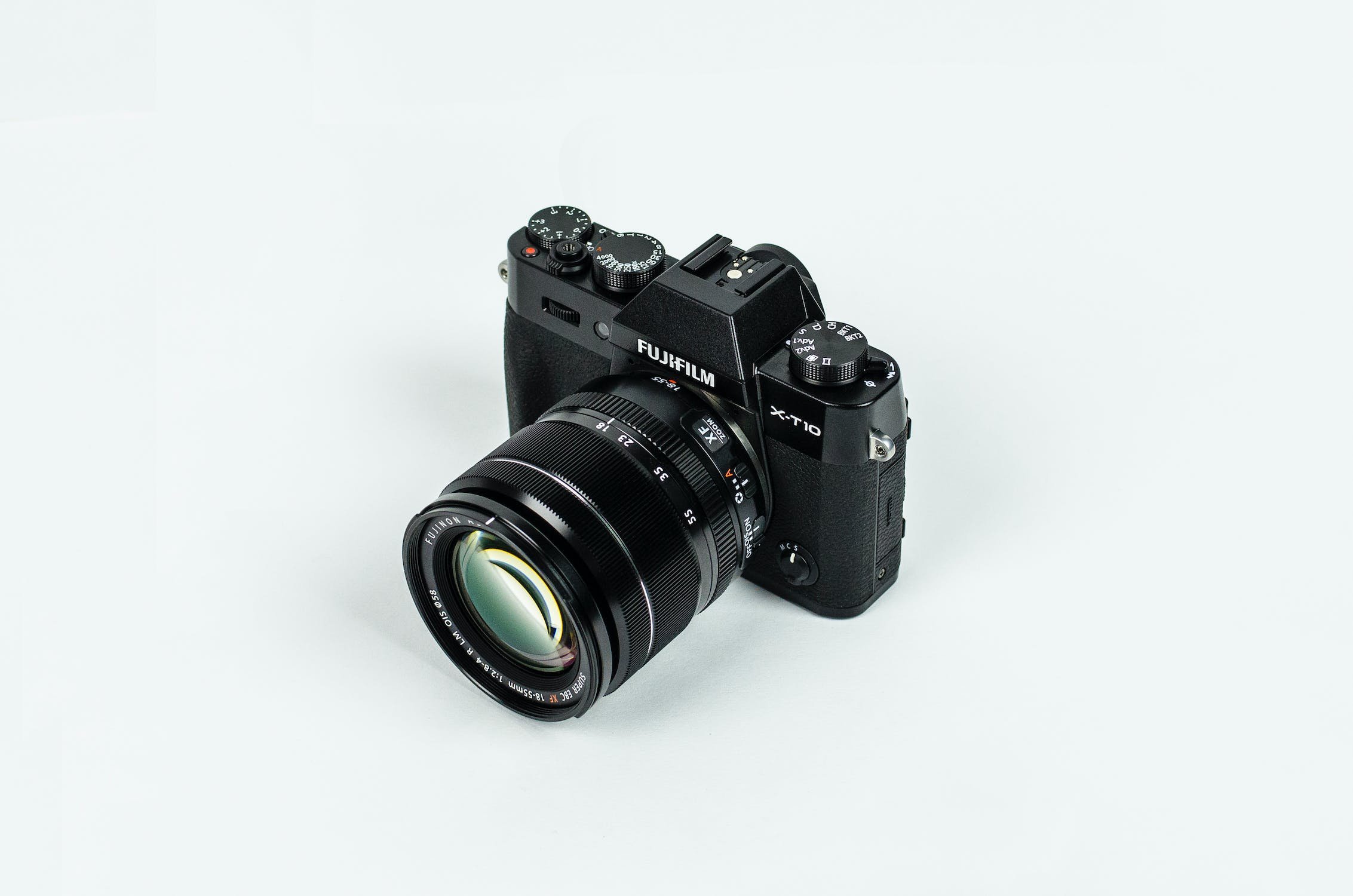History of Fujifilm: Shaping the World of Photography
Fujifilm, a renowned camera brand, has a rich history that spans nearly a century. From its humble beginnings as a manufacturer of photographic film and paper to its current position as a leader in camera technology, Fujifilm has played an integral role in shaping the world of photography.
Let’s take a look at the past of Fujifilm, key milestones and breakthroughs that have contributed to its status as a respected camera brand. By tracing the company's journey through various technological advancements and product developments, we can gain a deeper appreciation for Fujifilm's impact on the photography industry and its dedication to pushing the boundaries of what is possible in the realm of image-making.
The Origins of Fujifilm (1934-1960s)
Fujifilm's story began in 1934 when the company was founded as Fuji Photo Film Co., Ltd. in Japan. Initially, the company focused on producing photographic film and paper, which played a crucial role in establishing its presence in the photography market. By providing high-quality film and paper products to both professional and amateur photographers, Fujifilm quickly gained a reputation for reliability and excellence in the field of imaging.
In the 1960s, Fujifilm made its first foray into camera manufacturing with the introduction of the Fujica series. These cameras, which included various models of 35mm rangefinder and single-lens reflex (SLR) cameras, marked the beginning of Fujifilm's journey as a camera brand. The Fujica cameras, known for their quality and ease of use, helped to expand the company's footprint in the photography industry and laid the groundwork for future innovations and product developments.
Diversification and Technological Advancements (1970s-1980s)
During the 1970s and 1980s, Fujifilm continued to expand its product offerings, venturing into the realms of SLR and medium format cameras. This diversification allowed the company to cater to a wider audience, including professional photographers who demanded high-quality equipment for their work. Fujifilm's medium format cameras, such as the Fujifilm GW690, became popular for their exceptional image quality and ease of use.
Fujifilm also made significant strides in film and imaging technologies during this period. The company introduced new film stocks with improved color reproduction, sharpness, and finer grain, catering to the evolving needs of photographers. Moreover, Fujifilm's advancements in imaging technology extended to its cameras, leading to the development of features that improved usability and image quality.
One such innovation was the introduction of the Fujifilm DL (Drop-in Loading) series in the 1980s. This groundbreaking line of compact cameras featured a unique drop-in film loading system, which simplified the process of loading film and made photography more accessible to a broader audience. The DL series showcased Fujifilm's commitment to pushing the boundaries of camera design and technology, paving the way for future breakthroughs in the industry.
Embracing the Digital Age (1990s-2000s)
As the photography world began its transition from film to digital in the 1990s, Fujifilm was quick to adapt and embrace the new technology. The company introduced its first digital cameras during this period, incorporating cutting-edge innovations that would set the stage for future developments in digital photography.
One of the key milestones in Fujifilm's digital journey was the development of the FinePix series. Launched in the late 1990s, the FinePix lineup encompassed a wide range of digital cameras, from compact point-and-shoot models to more advanced bridge cameras with extensive manual controls. The FinePix series was well-received by photographers for its image quality, ease of use, and versatility, solidifying Fujifilm's position as a major player in the digital camera market.
As the demand for digital cameras grew, Fujifilm also ventured into the digital SLR market. Partnering with other camera manufacturers, Fujifilm developed digital SLR models that utilized its sensor technology and expertise in color reproduction. These cameras, which included the Fujifilm FinePix S Pro series, were aimed at professional and enthusiast photographers, further expanding the company's reach within the photography community.
The X Series and the Rise of Mirrorless Cameras (2010s-Present)
In the 2010s, Fujifilm made a significant impact on the photography world with the introduction of its X Series cameras. Designed with a focus on superior image quality, compactness, and retro-inspired aesthetics, the X Series quickly gained popularity among professional and enthusiast photographers alike. These mirrorless cameras, featuring Fujifilm's proprietary X-Trans sensor technology and an extensive lineup of high-quality lenses, have become synonymous with exceptional color rendition and sharpness.
The Fujifilm X Series has been lauded for its ability to combine cutting-edge technology with the charm of traditional film cameras. The tactile controls, intuitive user interfaces, and classic styling have resonated with photographers who appreciate both the art and craft of photography. The X Series' success has solidified Fujifilm's position as a leading camera brand in the mirrorless market.
In addition to the X Series, Fujifilm has also ventured into the realm of medium format mirrorless cameras with the GFX system. Launched in 2016, the GFX series offers professional photographers a high-resolution, large-sensor camera system that is more compact and accessible than traditional medium format cameras. The GFX lineup has further cemented Fujifilm's reputation as a brand dedicated to pushing the boundaries of photographic technology and providing photographers with tools that inspire creativity and produce exceptional results.
Throughout its history, Fujifilm has proven itself as a camera brand committed to pushing the boundaries of technology and design. From its humble beginnings as a film and photographic paper manufacturer to its current position as a major player in the digital camera market, Fujifilm has consistently demonstrated its dedication to innovation and advancement in the field of photography.





